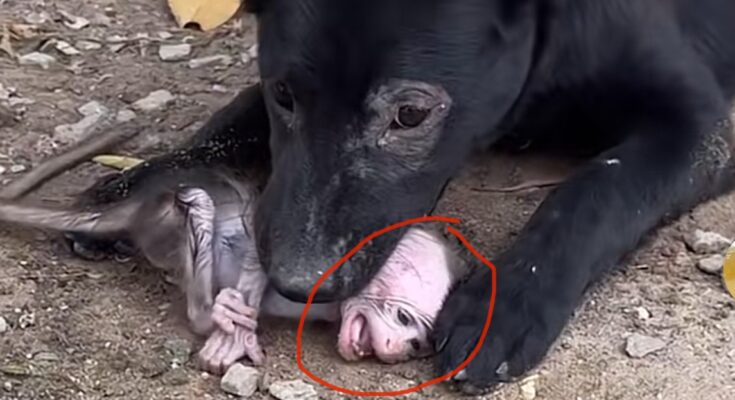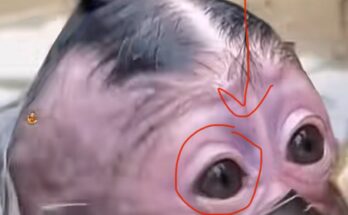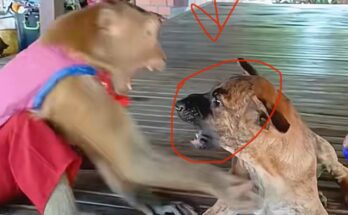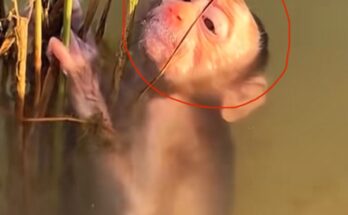Symptoms Indicate That the Monkey Has Hemorrhagic Diarrhea Contracted From a Dog
A recent veterinary investigation has revealed a concerning case in which a monkey developed hemorrhagic diarrhea—an alarming condition that appears to have been transmitted from a domestic dog. This unusual cross-species infection highlights the complex relationships between wildlife, pets, and humans, and underscores the need for stricter health monitoring in both captive and free-ranging animals.
Understanding Hemorrhagic Diarrhea
Hemorrhagic diarrhea refers to the presence of blood in the stool, often caused by severe intestinal inflammation or infection. In animals, it is most commonly associated with bacterial pathogens such as Clostridium perfringens, Salmonella, and Campylobacter, or viral agents like parvovirus. When left untreated, it can quickly lead to dehydration, shock, and even death due to extensive fluid and electrolyte loss.
The Case of the Infected Monkey
According to veterinarians, the affected monkey began showing signs of illness after coming into close contact with a domestic dog at a shared enclosure. Within 48 hours, the monkey developed severe lethargy, loss of appetite, and frequent episodes of watery, blood-tinged diarrhea. Laboratory tests later confirmed that the infection was linked to a pathogen strain commonly found in dogs suffering from hemorrhagic gastroenteritis.
The transmission likely occurred through contaminated feces, saliva, or shared food and water sources. Since monkeys are highly social and curious animals, they often investigate their surroundings using their hands and mouths, which increases the risk of cross-species pathogen transfer.
Symptoms Observed in the Monkey
The infected monkey exhibited several warning signs:
-
Bloody diarrhea with a foul odor
-
Dehydration, marked by sunken eyes and dry mucous membranes
-
Abdominal pain and restlessness
-
Rapid weight loss and muscle weakness
-
Fever and increased heart rate
These symptoms are consistent with acute hemorrhagic enteritis—a condition that demands immediate veterinary intervention.
Treatment and Containment
The veterinary team initiated fluid therapy to combat dehydration and administered broad-spectrum antibiotics while awaiting culture results. The monkey was isolated from the rest of the troop to prevent further spread. Supportive care, including electrolyte supplementation and a soft diet, helped stabilize its condition over the following days.
Preventing such cases requires maintaining strict hygiene in enclosures, avoiding direct contact between wildlife and domestic pets, and conducting regular health screenings. Vaccination and deworming programs for companion animals are equally essential to minimize zoonotic risks.
Broader Implications
This case serves as a stark reminder of the interconnectedness of animal health. Cross-species infections are not rare, and when domestic animals and wildlife share the same environment, pathogens can easily jump between species. Early detection, biosecurity, and public awareness are vital in preventing similar incidents that could threaten both animal and human health.



